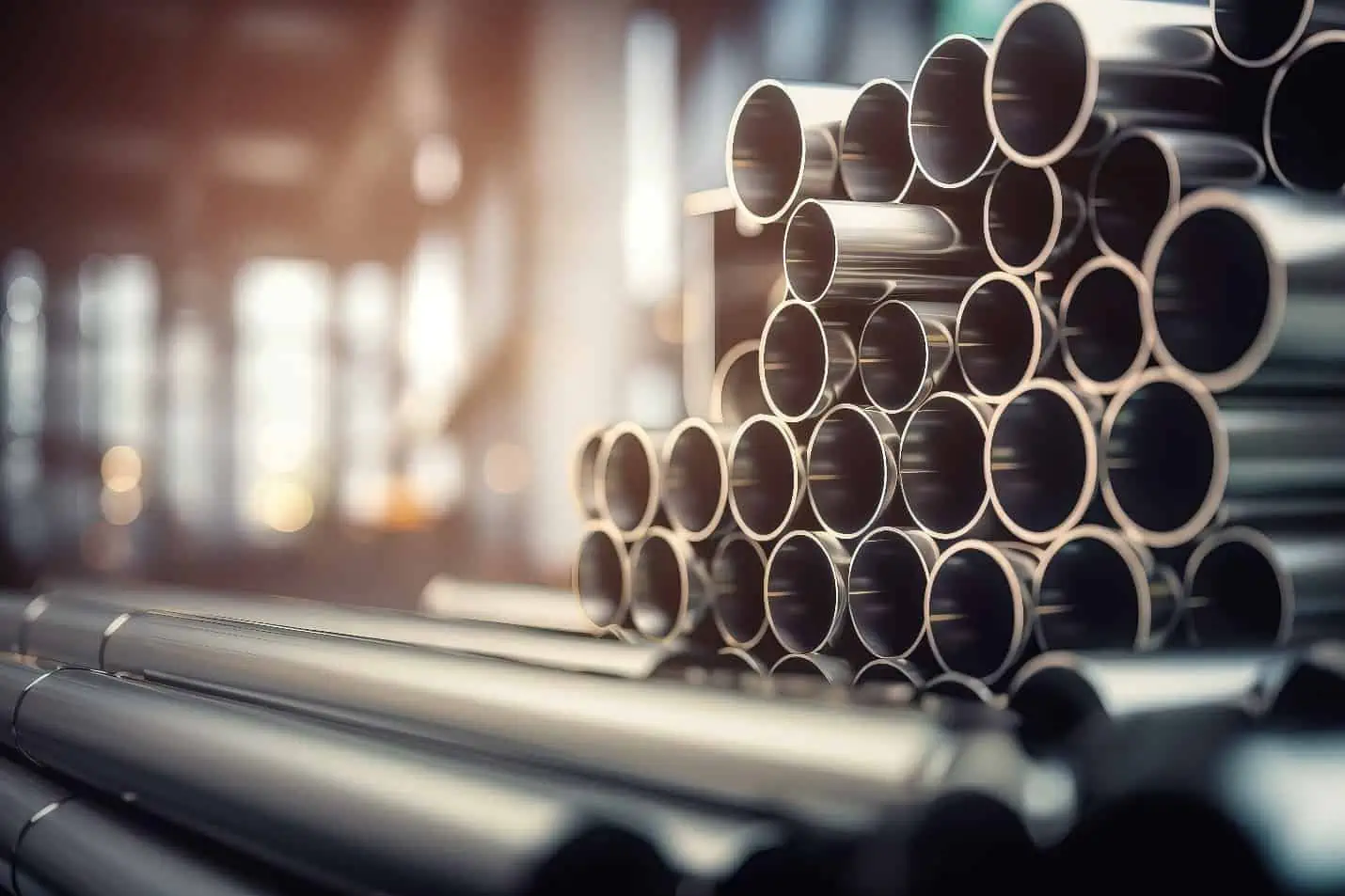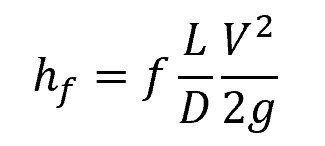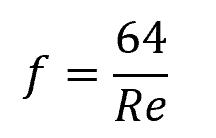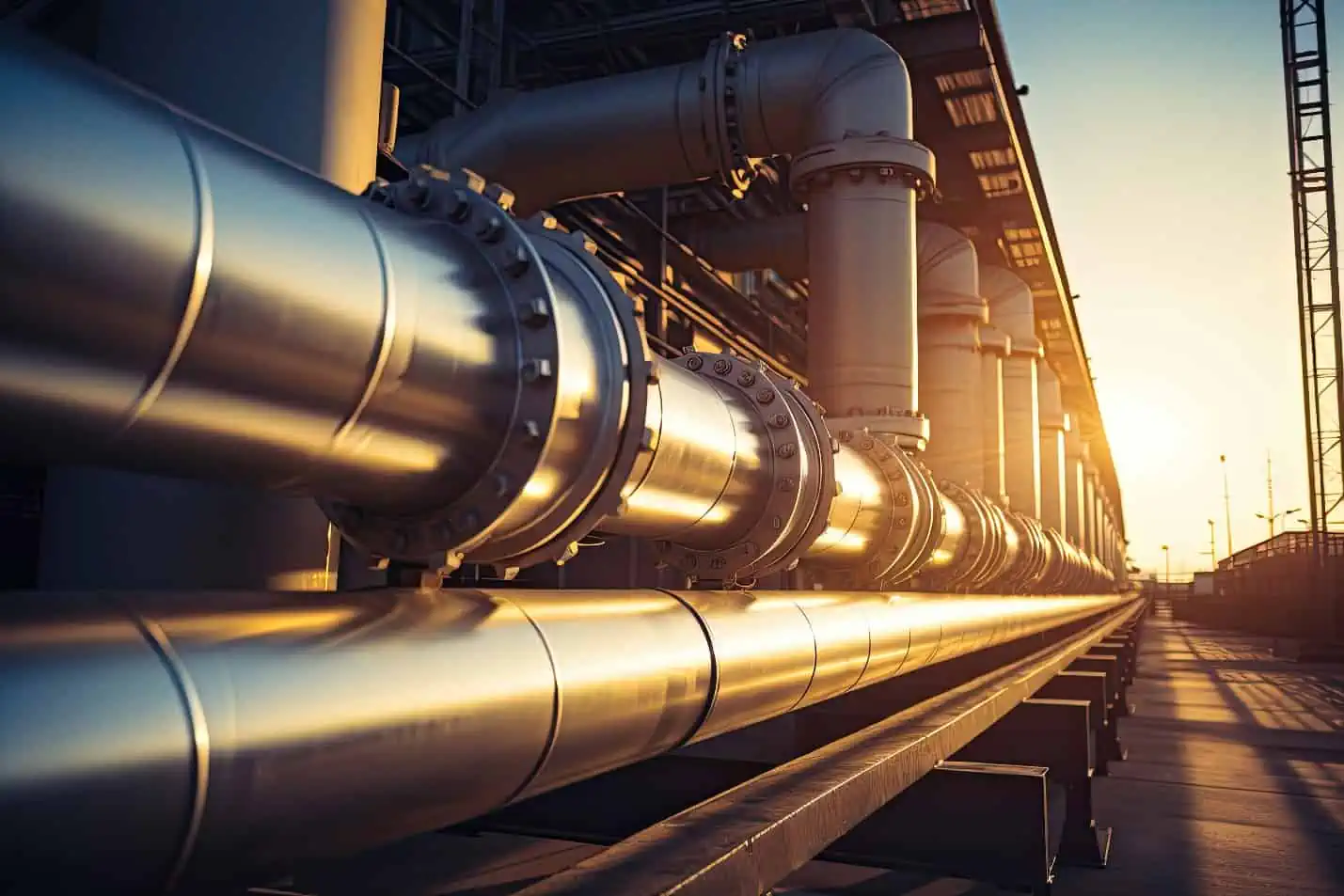Friction factor plays a critical role in determining the pressure drop in pipe flows. As one of the most common materials used for piping systems, it is essential to understand the friction factor of stainless-steel pipes.

This article explores the concept of friction factor and its application to stainless steel pipes.
Friction Factor Explained
The Darcy friction factor is a dimensionless quantity used to quantify the frictional resistance between a fluid and the interior surface of a pipe. In engineering applications, understanding the friction factor for stainless steel pipes is essential for optimizing fluid flow and minimizing energy losses. In general, a high friction factor translates into a high head loss, and vice versa.
The Darcy-Weisbach equation relates friction factor (f) to the head loss (hf) in a pipe and is given by:

Elevate Your Engineering With Excel
Advance in Excel with engineering-focused training that equips you with the skills to streamline projects and accelerate your career.

Where:
- hf = head loss due to friction [m]
- f = friction factor [unitless]
- L = length of the pipe [m]
- D = pipe diameter [m]
- V = fluid velocity [m/s]
- g = gravitational constant [9.81 m/s2]
The value of the friction factor is dependent on the Reynolds number, the shape of the pipe, and the roughness of the pipe walls. You will need to obtain the friction factor (f) from the Moody chart or use a suitable equation depending on the flow conditions.
In the laminar flow regime, the friction factor can be calculated using the equation:

Where:
- Re = Reynolds number [unitless]
Thus, for laminar flow, it is solely dependent on the Reynolds number.
For turbulent flows, the friction factor relies on both the Reynolds number and the pipe’s relative roughness (ε/D). The most commonly used approximation is the Colebrook-White equation:

Where:
- ε/D = relative roughness of the inner pipe surface [unitless]
For fully turbulent flows, where the value of the Reynolds number is very high, the friction factor becomes independent of Reynolds number. In this case, the Colebrook-White equation can be transformed into the following formula:

Alternatively, the friction factor can be estimated using the Moody chart as shown below:

The Moody chart is accurate to ±15 percent. It can be used, not only for circular stainless steel pipe flows, but also for pipes with non-circular cross sections.
Friction Factor of Stainless Steel Pipes
Stainless steel pipes are pipes made of stainless steel, which is a type of steel alloy with a minimum of 10.5% chromium content by mass. They are known for their corrosion resistance and durability, making them ideal for use in harsh environments. Stainless steel pipes are used in a variety of applications, including plumbing, oil and gas, chemical processing, food processing, and more.

Surface roughness plays a crucial role in determining the friction factor for stainless steel pipes. In general, steel has a relatively smooth inner surface, with a very low absolute roughness value just next to PVC pipes. This results in a very low roughness factor (ε/D), making stainless steel pipes advantageous for maintaining lower friction factors and increased energy efficiency.
The table below shows the absolute roughness of some of the most common types of pipe materials.
| Material | e (in.) | e (cm) |
| Concrete | 0.01 to 0.1 | 0.02 to 0.2 |
| Cast iron | 0.0102 | 0.026 |
| Galvanized iron | 0.006 | 0.015 |
| Asphalted cast iron | 0.0048 | 0.012 |
| Steel or wrought iron | 0.0018 | 0.046 |
| PVC | 0.000084 | 0.00021 |
However, surface finish quality can vary due to several factors, such as fabrication and installation processes. In some cases, the inner surface of a stainless steel pipe may develop irregularities, resulting in microscopic valleys and peaks. These anomalies have a direct impact on the friction factor and, consequently, the energy required to transport fluids.
Confining the roughness, through polishing or similar treatments, will positively impact the fluid flow.
Selecting the appropriate stainless steel grade can also help optimize fluid flow performance and minimize friction losses. For instance, austenitic stainless steels like AISI 304 and 316 exhibit exceptional corrosion resistance and typically deliver smoother surfaces compared to other steel grades.
Effect of Pipe Diameter on Friction Factor
When considering stainless steel pipes, the pipe diameter plays a crucial role in determining the friction factor. As pipe diameter increases, the fluid velocity decreases, reducing turbulent flow regions and increasing regions of laminar flow.
In practical engineering applications, you should select an appropriate pipe diameter to maintain a balance between reducing pressure losses due to friction and avoiding excessive costs from larger diameter pipes.
